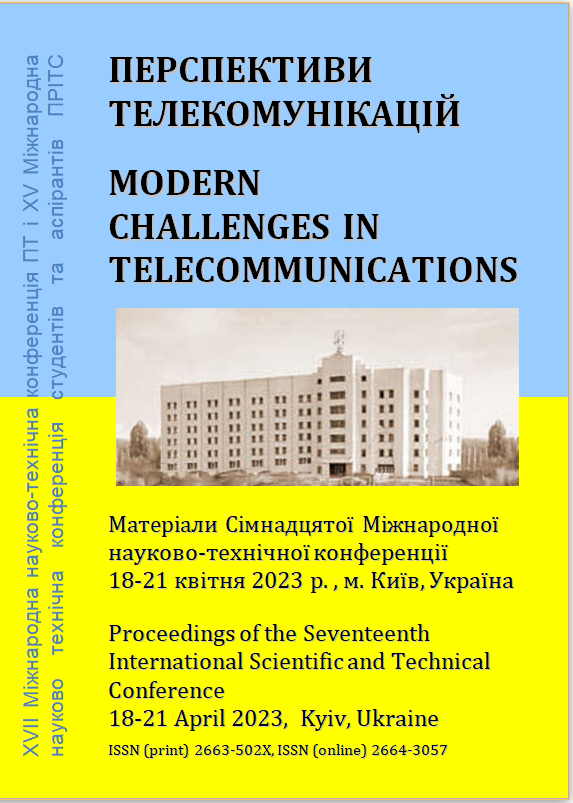ПОРІВНЯННЯ ТРАДИЦІЙНОЇ МОДЕЛІ ВИЯВЛЕННЯ ШАХРАЙСТВА, З МАШИННИМ НАВЧАННЯМ
Анотація
Шахрайство в мережі є серйозною проблемою, від якої страждають люди. Воно передбачає несанкціоноване використання, втручання або маніпуляції з мобільним телефоном або особистими даними, з метою незаконного отримання грошей. Шахраї можуть використовувати різні вразливі місця та лазівки в інфраструктурі мобільних мереж, пристроях і послугах для здійснення своїх зловмисних дій. Машинне навчання стає все більш популярним у боротьбі з цим. За допомогою цієї технології можна виявляти шахраїв та уникати фінансових втрат [1].Посилання
C. M. Bishop. Pattern Recognition and Machine Learning. Springer, 2006.
Hiyam, A. E. Tawashi, Detecting Fraud in Cellular Telephone Networks Jawwal Case Study. MBA thesis Islamic University, Faculty of Commerce, Department of Business Administration, Gaza. 2010.
Bolton, R. J. and Hand, D. J., Statistical Fraud Detection, A review, Institute of Mathematical Statistics, 2002. 17(3).
##submission.downloads##
Опубліковано
2023-06-17
Як цитувати
Кошмак, А. І. ., & Міночкін, Д. А. . (2023). ПОРІВНЯННЯ ТРАДИЦІЙНОЇ МОДЕЛІ ВИЯВЛЕННЯ ШАХРАЙСТВА, З МАШИННИМ НАВЧАННЯМ. Збірник матеріалів Міжнародної науково-технічної конференції «ПЕРСПЕКТИВИ ТЕЛЕКОМУНІКАЦІЙ», 217–219. вилучено із https://conferenc-journal.its.kpi.ua/article/view/281743
Номер
Розділ
Безпроводові технології, системи мобільного зв’язку
Ліцензія

Ця робота ліцензується відповідно до Creative Commons Attribution 4.0 International License.
Authors who submit to this conference agree to the following terms:a) Authors retain copyright over their work, while allowing the conference to place this unpublished work under a Creative Commons Attribution License, which allows others to freely access, use, and share the work, with an acknowledgement of the work's authorship and its initial presentation at this conference.
b) Authors are able to waive the terms of the CC license and enter into separate, additional contractual arrangements for the non-exclusive distribution and subsequent publication of this work (e.g., publish a revised version in a journal, post it to an institutional repository or publish it in a book), with an acknowledgement of its initial presentation at this conference.
c) In addition, authors are encouraged to post and share their work online (e.g., in institutional repositories or on their website) at any point before and after the conference.

